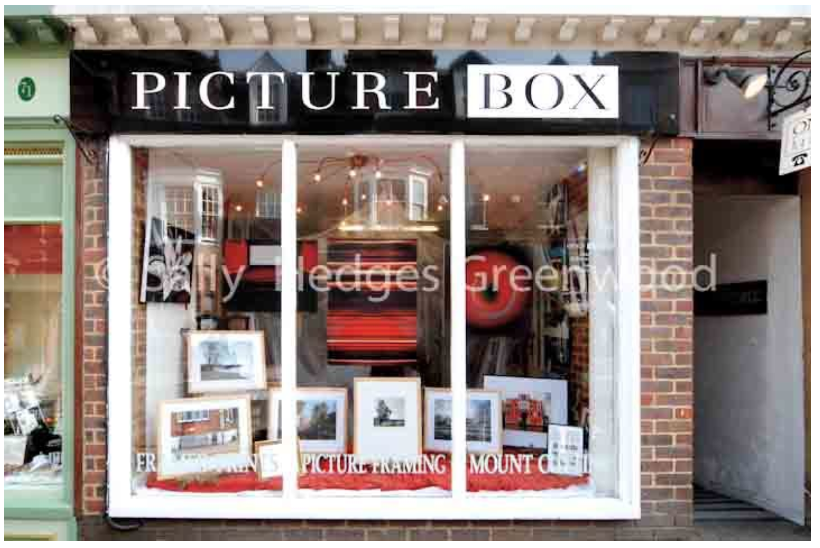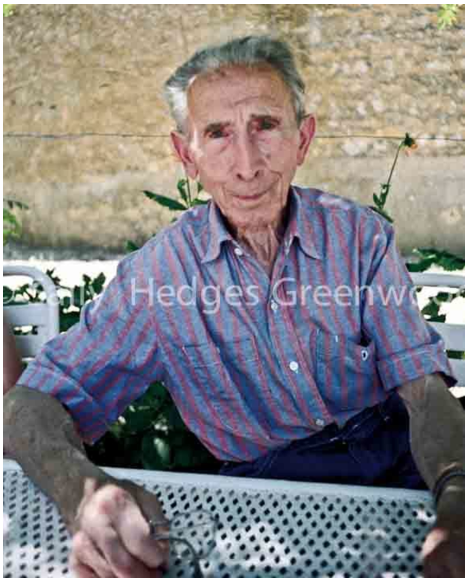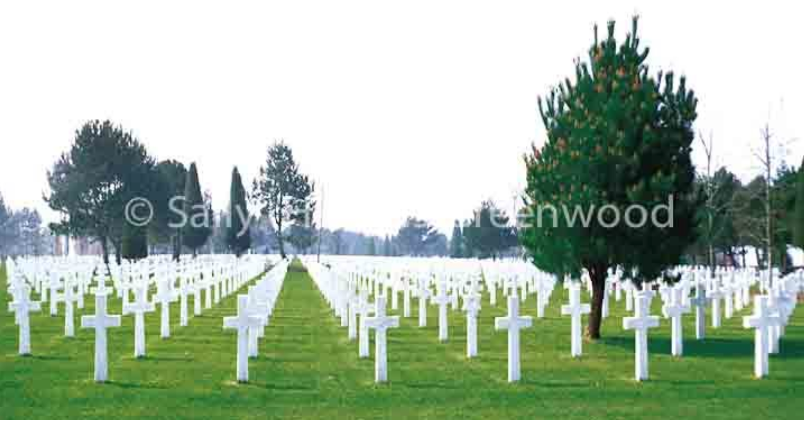By engaging with the subject before I photograph them, I take an informal portrait in their own environment.
This is an ongoing series that started back in the 1980s that I add to as time goes on.
Please click to enlarge.
March – August 2007 – Reported in the Herald Express:
Scenes of Tring are among the photographs being exhibited at Picture Box in Tring High Street.
Sally Greenwood has been taking photographs since she was five and started developing her own work as a teenager.
Her roots are fimly in Tring and much of her work shows scenes of the town, including the Memorial Gardens, St Peter and St Paul Church and The Kings Arms.
Six generations of her family have lived and worked in Tring and Aston Clinton.
Her great great grandfather John Hedges came to Tring as a builder to help Lord Rothschild build in the town.
And her great great aunt Jane Russell [from Marsworth] married Sir Stephen Collins of the publishing family and they lived in the large home (then Elm House) on the corner of Langdon Street. They ran a small school in the building.
Mrs Greenwood’s grandfather Arthur William, her father Frank Jeremy and uncles Peter and Jock all played cricket for tring and in their time captained Tring Park Cricket Club teams.
Her father, known as Jerry Hedges, having returned from Burma where he was a prisoner of war at the hands of the Japanese settled in Aston Clinton and worked at the National Provincial (which became the NatWest Bank) in High Street, Tring.
Liz Land, owner of Picture Box in the High Street will be displaying Mrs Greenwood’s work, which is for sale, until August this year.

Place Foche, Alençon
Marguerite de Navarre, who became Marguerite d’Alençon, was one of the most influential women in France. She was born in 1492 into an aristocratic family; her brother was to become Francis I, King of France. Marguerite’s life centred around him and she benefited from the education that he received, which was far more extensive than most girls were exposed to at the time. At the age of sixteen the decision was made that she should marry Charles, the Duke of Alençon. Raised to be a soldier, he was not very educated, in stark contrast to his wife. Marguerite settled to live in the austere Château d’Alençon, which was the prison when I lived in the town. Sitting alongside the Palais de Justice and La Mairie in Place Foch, the lineup of buildings is impressive and often photographed.
The first time I photographed Alençon’s prison, courthouse and town hall was in 1971. I was fourteen years old and on holiday with my parents with no idea that I would live nearby and hear the clatter of cutlery on the prisoners’ metal plates reverberating around the square at mealtimes or be invited to weddings in the Town Hall. Luckily I have no personal experience of the courthouse!
The most memorable of the weddings I attended was in 1999 when one of the little boys I had looked after in the seventies officiated at the wedding of another inside the magnificent building. The special moment was decisively captured but only just because the official photographer stood up in front of me at that precise moment—reminiscent of my grandfather’s efforts of photographing Royals!
The compilation above is the first of two that I have taken where there are very few cars in the foreground, because it is now a car park mostly bursting with vehicles. In pride of place is our Austin Cambridge! This is my very first joiner, taken long before the term was coined by David Hockney.
Marie-Françoise-Thérèse Martin who became Sainte Thérèse of Lisieux was born into a lacemaking family in Alençon in 1873. She entered the Carmelite Convent of Lisieux, fifty miles north of Alençon, when she was only fifteen on 9 April 1888 and she died there in 1897. Sainte Thérèse is one of the best-loved saints of our time and her imposing white basilica now dominates the Lisieux skyline. Considered the second most important pilgrimage town in France, Lisieux is visited by thousands of Catholic pilgrims every year.
Sainte Thérèse of Lisieux birthplace and childhood home in Alençon is retained as a monument to this extraordinary young woman and was looked after by nuns at the time I visited. To one side of the house there is a chapel and her parents’ bedroom, which includes the bed in which Sainte Thérèse was born. The living room displays objects that were used by her family, including Thérèse’s childhood diary. Thérèse was often unwell and died of tuberculosis when only twenty-four, suffering agonies in the final stages of her illness. After her death, the church directed that her autobiography should be published. Printed and distributed a year after her death to an initially very limited audience, the impact of The Story of a Soul was significant. Pope Pius XI made her the ‘star of his pontificate’, signing the decree for the opening of the process of canonization on 10 June 1914 and she was canonised in 1925, twenty-eight years after her death.
Alençon Lace is world-renowned but at the beginning in the twelfth century lace-making in France was politically complicated. The uniquely-styled needle lace, made with threads said to be finer than horsehair, did not emerge until around 1665. The factory still exists in the town today but it has been turned into a museum with only a few women still working there, mainly to demonstrate the intricacies and complexities of making this particular lace; to educate and keep the history alive. Working under bright lights, the conditions are completely different from those experienced in the previous centuries when an apprenticeship lasted ten years and girls could start learning at the age of five, by which stage they already knew how to hold the tiny needle. After long lives filled with working in poor light, most of the lace-makers went blind.
Research for ‘High Endeavour’ by John Ivelaw-Chapman
ISBN: 978-0850523164 1992
When Churchill was informed that Air Commodore Ivelaw-Chapman was missing after a bombing raid over German-occupied France, he gave orders for him to be silenced – permanently, if necessary. What were the secrets that had to be kept from the enemy at all costs? The answers are to be found in this compilation of Ivelaw-Chapman’s letters and journals, narrated by his son. “Chaps” joined the Royal Flying Corps in 1917 and retired as an Air Chief Marshal in Belgium, and was actually airborne at the moment when World War I ended. He served in India immediately after the war, and then came home for squadron service on aircraft such as the Vernon and the Hyderabad. 1929 found him in Iraq, from where he took part in the air evacuation of Kabul. He was forced to land and taken prisoner by Afghan rebels, only to be flown to safety from a makeshift airstrip in a DH9. At the start of World War II he was Station Commander at Linton-on-Ouse and later went to the Air Ministry, where he worked on plans for the invasion of Europe. In May 1944, with secret information in his head about the projected date and site of the D-Day landings, Ivelaw-Chapman was shot down in a bombing raid over France. Although he was captured by the enemy, their interrogators failed to extract the information that Churchill felt was so vital. Ivelaw-Chapman went on to command the air force of newly-independent India, and ended his career as Vice-Chief of Air Staff at the height of the Cold War.
Photographs taken in and around St-Rémy-du-Plain (St-Rémy-du-Val) where the resistance members helped Sir Ronald (Chaps) to hide and attempted his repatriation prior to capture by The Gestapo.

My father was a Japanese prisoner of war and he died in 1990, we were recuperating in France and it seemed almost fate that I could visit the Normandy beaches for the first time, although only a two-hour drive away from Alençon where I lived during the late nineteen-seventies. This wreck was still there, completely isolated on the massive beach; the space and atmosphere allowing me to reflect. It is one of the Allies’ boats from D-Day, Jour J in France, 6 June 1944. In these beautiful but desolate surroundings, it has remained stripped and weatherworn ever since, a bit like Dad; the occupants may not have been so lucky.
The flat and firm beaches from the Orne River Estuary in the west to the Cotentin Peninsula in Normandy were chosen for the invasion code-named Operation Overlord that marked the beginning of the end of the Second World War. The German military were taken off guard on 6 June 19444, known to us now as D-Day, as they expected an Allied invasion but much closer to Britain, on France’s most northerly beaches. It was a huge operation, even floating huge concrete segments of two artificial ports across the Channel. Remnants of Mulberry harbour B another ghostly reminder that can still be seen at the edge of Gold beach in Arromanches. Once they had landed, the Allies had huge obstacles to confront. Now we know that they were successful, but at the time it was far from a foregone conclusion. The ensuing Battle of Normandy led to 425,000 killed, injured or missing.

Documenting different religions in London in the early 1980s inspired me to revisit the theme in 2004, which in turn led to my writing the Krishna book in the With Photography™ series.